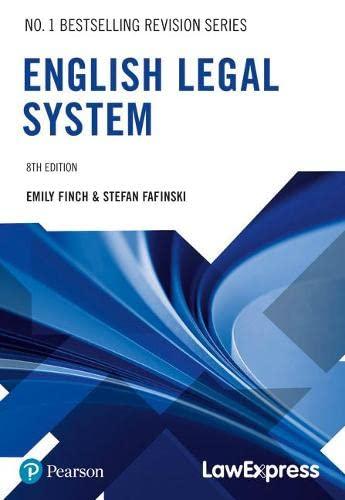Question
Question: Your team has just been hired by HP Inc in its capital budgeting division. Your first assignment is to determine the net cash flows
Question:
Your team has just been hired by HP Inc in its capital budgeting division. Your first assignment is to determine the net cash flows and NPV of a proposed new project. HP is planning to develop a new type of smartphone, which should be able to compete with the latest Apple and Samsung models on the market.
Over the last two years, HP has already spent $150 million on R&D to optimise the design of the new smartphone. If the company would decide to actually go ahead with the project, the development and production of the new phone will initially require an investment equal to 42% of the company's current net property, plant and equipment (PPE), as per the fiscal year ended 31 October 2020. The project will then require an additional investment equal to 34% of the initial investment after the first year of the project. The smartphone is expected to have a life of five years. The expectation is that the property, plant and equipment can be sold at the end of the project with a liquidation value of about 10% of the initial investment. The company will borrow $100 million to (partly) finance this project, at an interest rate equal to the average cost of debt of the company.
First-year revenue for the new product is expected to be 3.6% of total revenue for HP's fiscal year ended 31 October 2020. The phone's revenue is expected to grow at 75% for the second year, then 20% for the third, and after that decline by 5% annually for the final two years of the expected life of the product. Your team will have to determine the rest of the cash flows associated with this project. Your boss has indicated that the operating costs of this project will be similar to the rest of the company's products. After the end of the first year the net working capital will have to be adjusted for this project. After that, net working capital will remain at the same level until the end of the project, when the NWC will be re-adjusted to its original values before the start of the project. Your boss has suggested that the increase in accounts payable related to this project, at the end of the first year, will be like the rest of the company's products. However, the inventory requirements and account receivable requirements are expected to be 35% higher compared to the company's other products. Your boss did not say anything about depreciation of the PPE investments, so your team will have to decide on how the company will depreciate the PPE investments for this project. Since your boss hasn't been of much help, here are some tips to guide your analyses:
1) Obtain HP's (ticker code: HPQ) financial statements. Download the annual income statements, balance sheet and cash flow statements for the last four fiscal years. For example, find HP's financial statements on investing.com, and click on Financials. Make sure to get the annual financial statements, instead of the quarterly.
2) You are now ready to determine the free cash flow. Compute the free cash flow for each year. Set up the timeline and computation of the free cash flow in separate columns for each year of the project life. Be sure to make outflows negative and inflows positive.
a. To estimate the annual operating costs of the project, assume, as your boss indicated, that the project's profitability, the ratio of Revenue / Costs (Costs may also be labelled as "Costs of Revenue") will be similar to HP's existing projects in 2020.
b. Determine HP's tax rate by dividing its income taxes by its income before tax in 2020.
c. Determine the change in net working capital attributable to the project by considering the level of inventory, accounts receivable and accounts payable as a percentage of revenues. For example, use HP's 2020 Inventory / Revenues to estimate the required percentages. (Use only accounts receivable, accounts payable and inventory to measure working capital. Other components of current assets and liabilities are harder to interpret and are not necessarily reflective of the projects required net working capital - e.g. HP's cash holdings).
3) Determine HP's weighted average cost of capital (WACC). The CFO of the company computes HP's cost of debt by dividing the yearly interest expenses by the total outstanding long-term debt of the company, and she estimates the firm's cost of equity using the CAPM (as discussed in Week 8). Your team will have to follow this method.
4) Determine the NPV and the IRR of the project




Step by Step Solution
There are 3 Steps involved in it
Step: 1

Get Instant Access to Expert-Tailored Solutions
See step-by-step solutions with expert insights and AI powered tools for academic success
Step: 2

Step: 3

Ace Your Homework with AI
Get the answers you need in no time with our AI-driven, step-by-step assistance
Get Started



